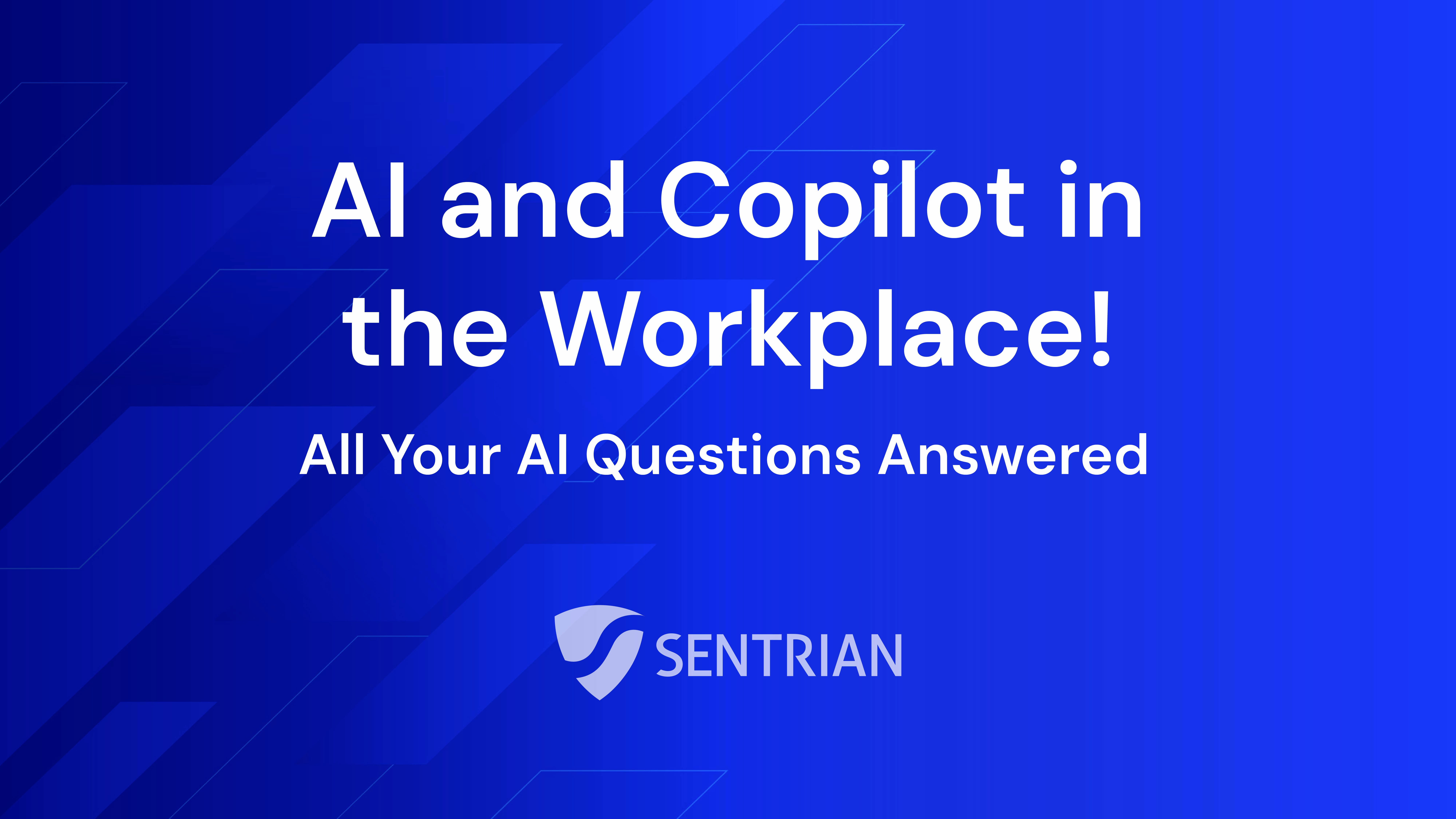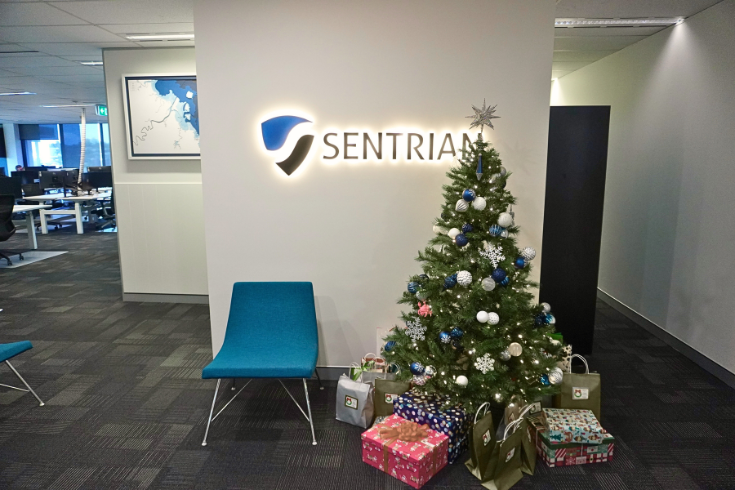Azure Virtual Desktop, Microsoft's hosted Windows 10 service, can be a game changer that can help users work from anywhere, keep data far more secure than can be done on traditional client devices and, when implemented properly can save businesses significant amounts of money. In this article we'll explore how Azure Virtual Desktop when combined with complimentary services can drive down your IT costs.
Orchestrating Efficiency
Implementing and managing a Desktop as a Service (DaaS) environment can be complex. This is where orchestration comes in. Using an orchestration platform simplifies the deployment, management, and optimization of desktop-as-a-service environments.
One of the standout features of orchestration platforms is their auto-scaling capability. This feature automatically adjusts the number of running virtual machines based on the demand at any given time. During off-peak hours, the orchestration platform can shut down unnecessary virtual machines, reducing costs. During peak usage times, it can spin up additional resources to ensure optimal performance. This dynamic scaling can result in significant cost savings over time. For a typical 50 users company where employees work 40 hours per week, the cost saving, even taking into account the costs of the orchestration software is just shy of 50% of what you would pay in a standard AVD environment.
Simplifying IT Infrastructure
Managing a fleet of client devices can be a complex and time-consuming task for IT departments. With desktop-as-a-service, much of this complexity is reduced. Since the desktop environments are hosted in the cloud, IT teams can manage them centrally. This means they can install updates, manage security settings, troubleshoot issues, and more, all from one place. They don't need to physically access each device, which can save a significant amount of time and resources.
Extending the Life of Client Devices
Virtual desktop services allow businesses to extend the life of their existing hardware, such as laptops and desktops. Since the heavy processing tasks are performed on the Azure servers in the cloud, not on the local device, even older or less powerful devices can be used to access resource-intensive applications and data. This can result in significant cost savings for businesses, as it reduces the need for frequent hardware upgrades or replacements.
Sentrian: Expert Management Without the Overhead
Implementing and managing an AVD environment requires expertise and resources. Sentrian offers businesses the expertise and resources to effectively implement and manage a virtual desktop environment. By outsourcing the management of the virtual desktop environment to Sentrian, businesses can avoid the need to hire, train, and maintain an in-house IT team for this purpose. This can save on both direct costs, such as salaries and training expenses, and indirect costs, such as the time and resources required to manage an in-house team.
Azure Virtual Desktop, when coupled with orchestration and Sentrian's expert management, can provide a cost-effective solution for delivering Windows 10 to business users. It simplifies IT infrastructure, extends the life of client devices, and reduces the overhead of managing an in-house IT team. This makes desktop as a service not just a tool for remote access and enhanced security, but also a strategic move for cost optimization.







